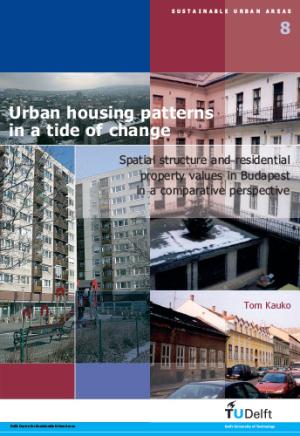Hosted by
Urban Housing Patterns in a tide of change: Spatial structure and residential property values in Budapest in a comparative perspective
Synopsis
The development of the housing markets in different European metropolitan areas is of high interest for the urban development and the real estate markets, which are moving towards globalisation. The Budapest housing market is an ideal candidate for scrutiny from an institutional and evolutionary perspective due to its fragmented nature: different house types, age categories, price levels and micro-locations are found side by side. This is a case ‘in between’ Eastern and Western settings, with its own distinctive path dependence — its development pattern does not resemble any other system. The study comprises an innovative economic analysis of the Budapest housing market structure. Applying the self-organising map and the learning vector quantification sheds light on how physical and socio-demographic characteristics, price and regulation are related in this market. Further analysis is carried out using the analytical hierarchy process together with in-depth interviews of experts and a case study of urban renewal in two neighbourhoods using market data. The results are compared with those of a prior study from Helsinki and Amsterdam, as well as with more general theory literature. The results suggest a great difficulty in relating the empirical findings from Budapest to mainstream theory of housing markets.

